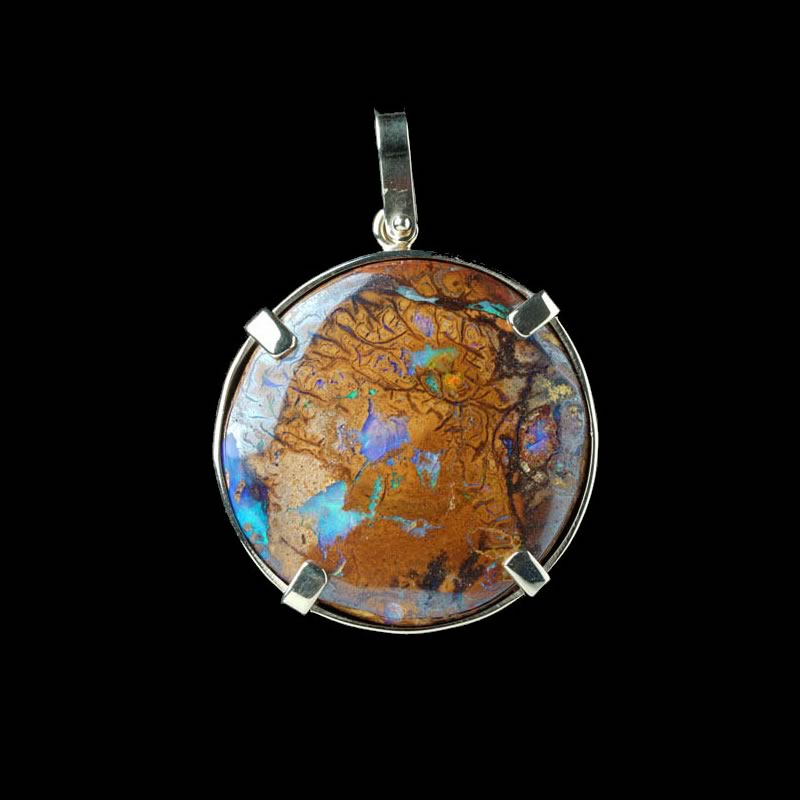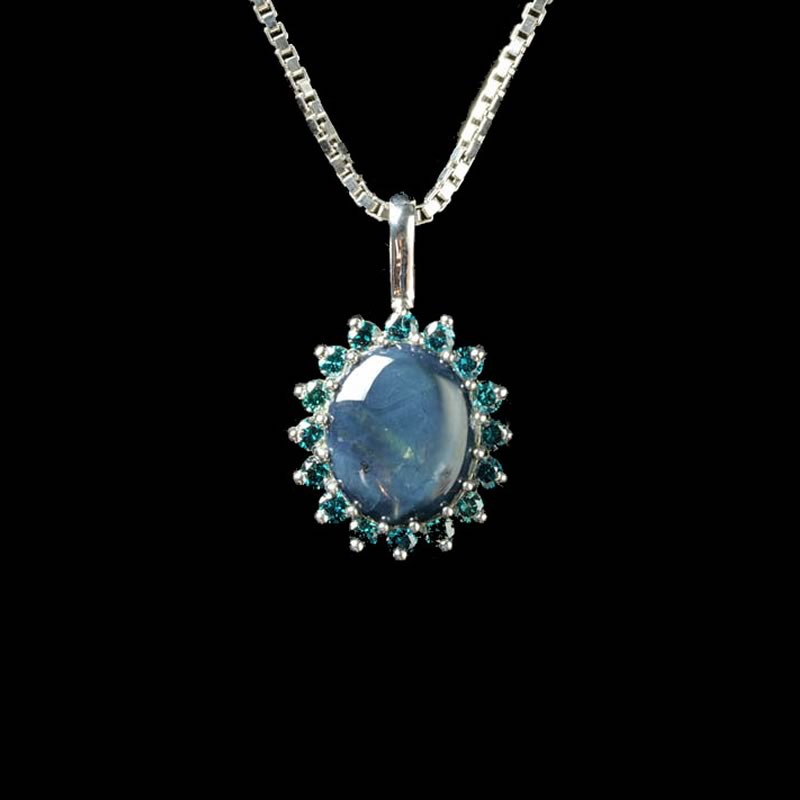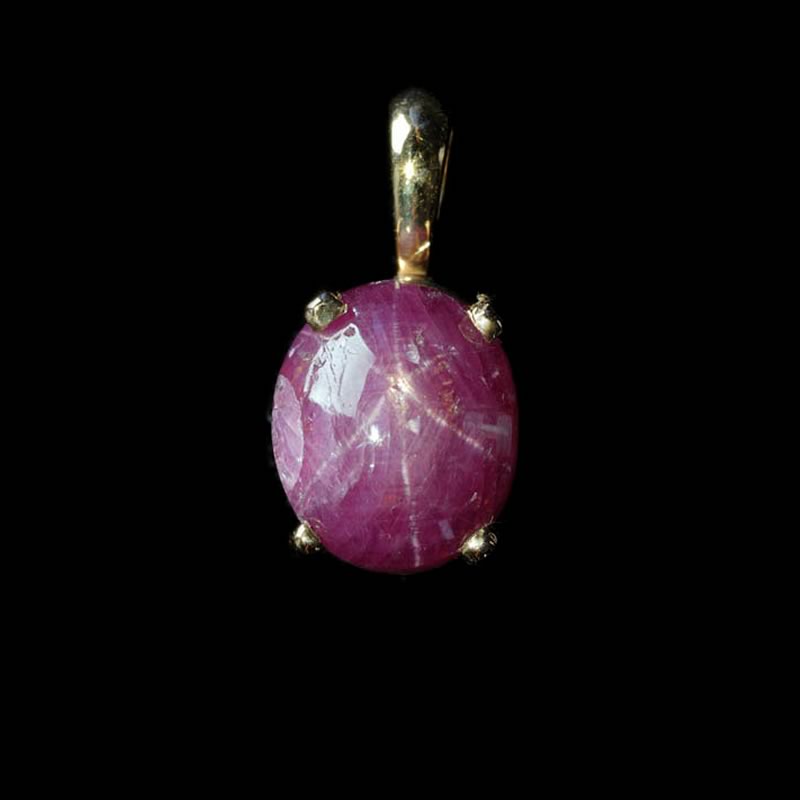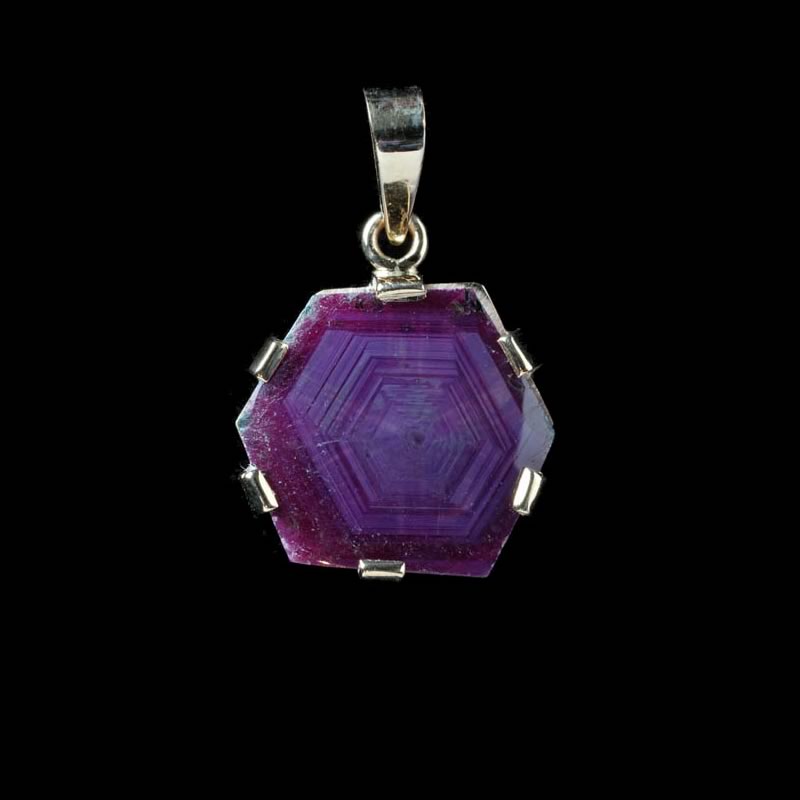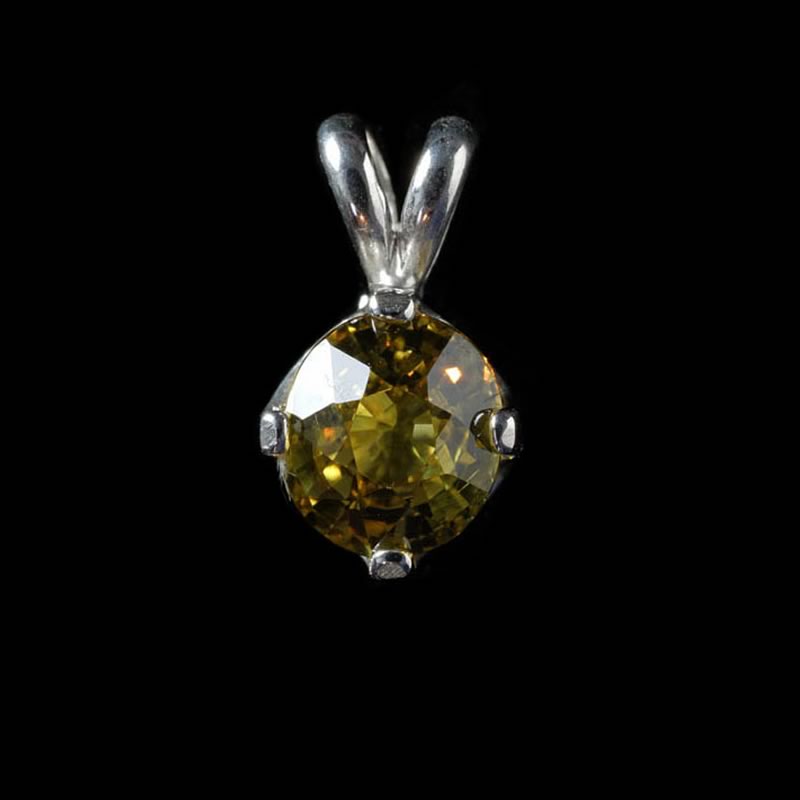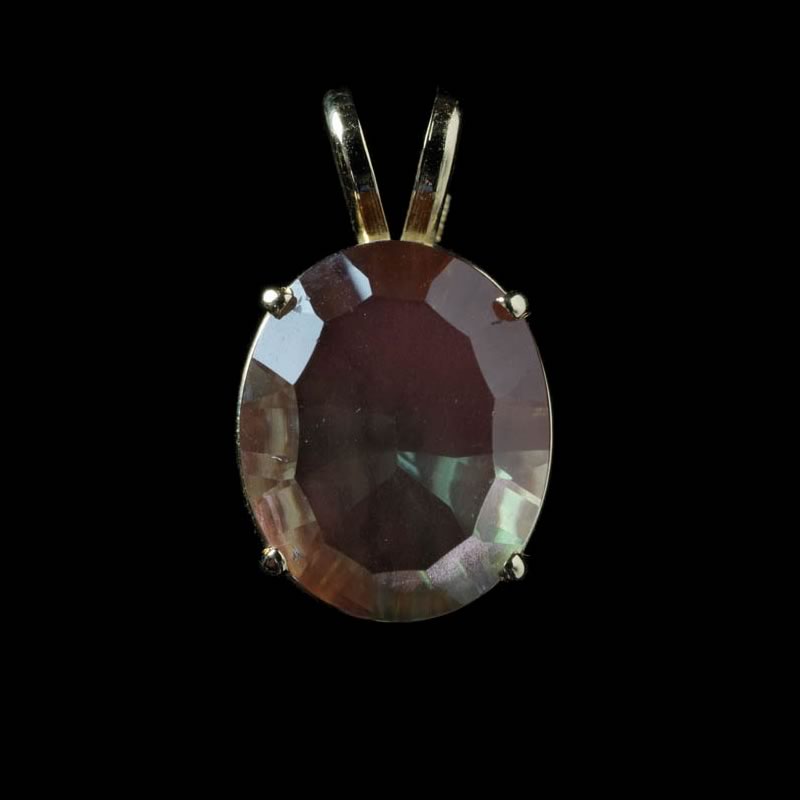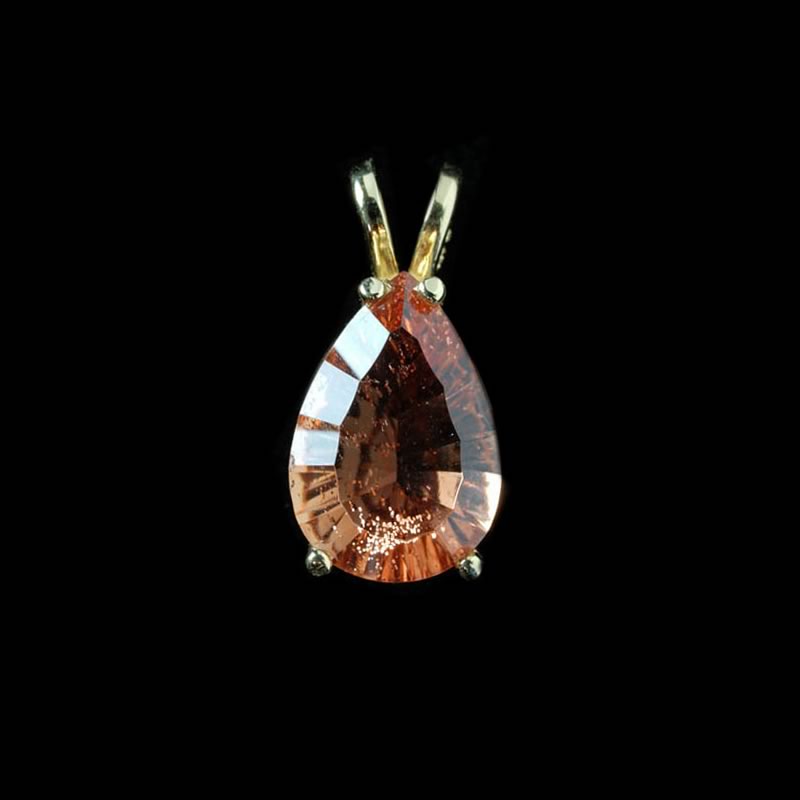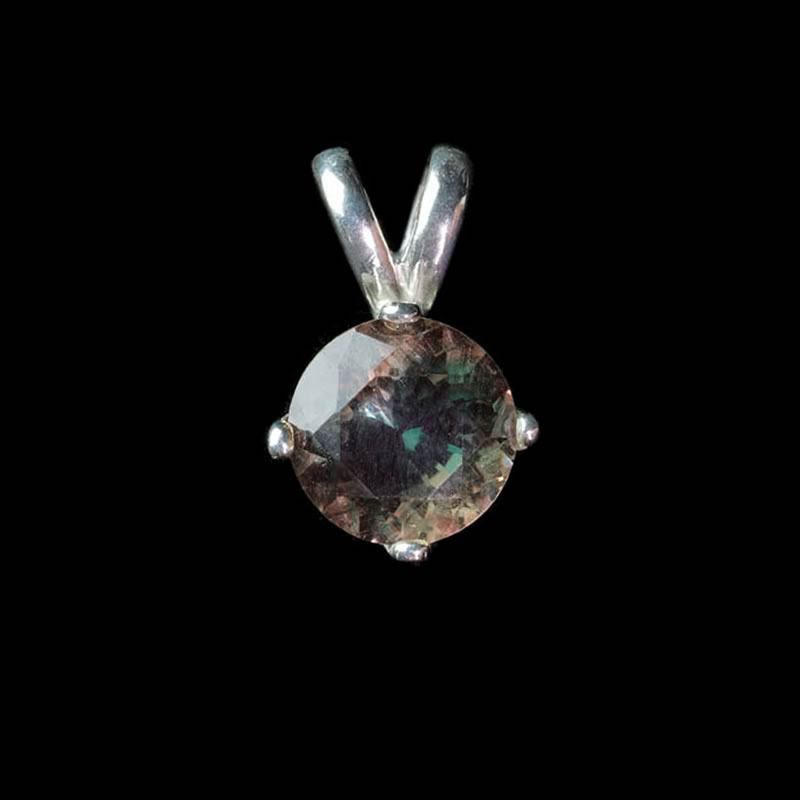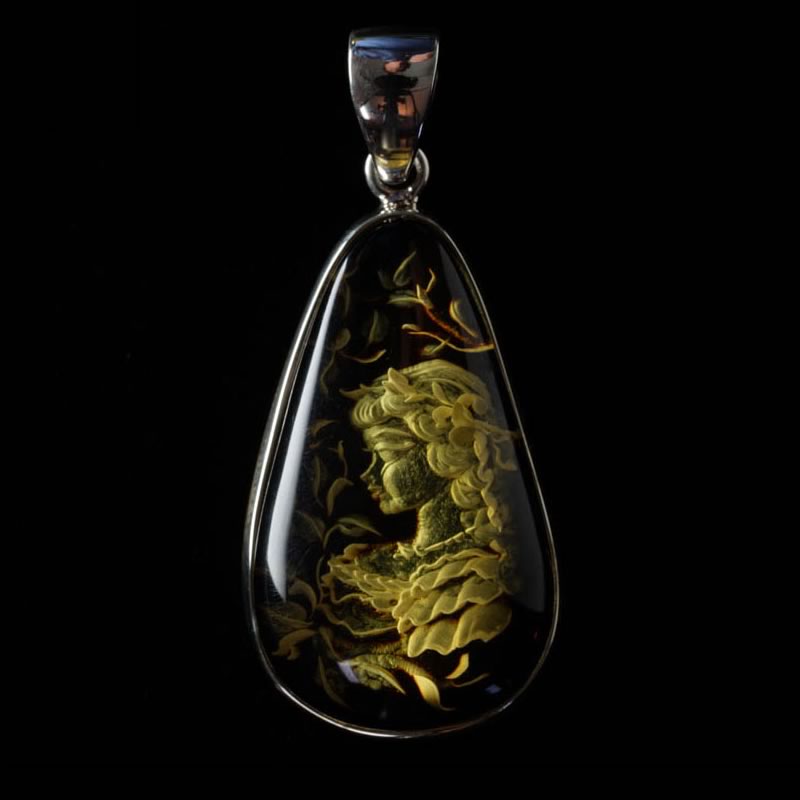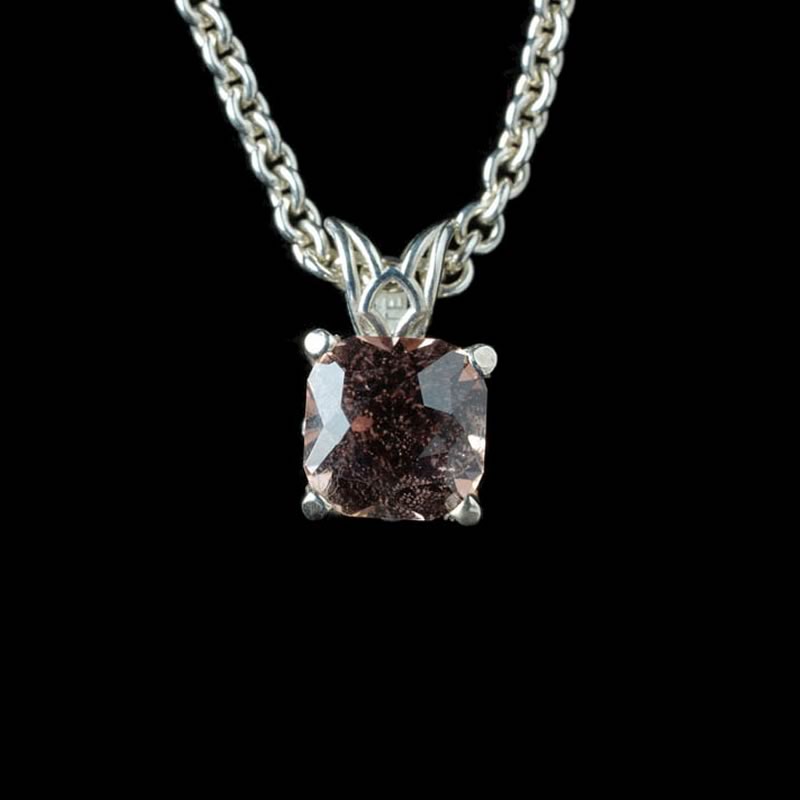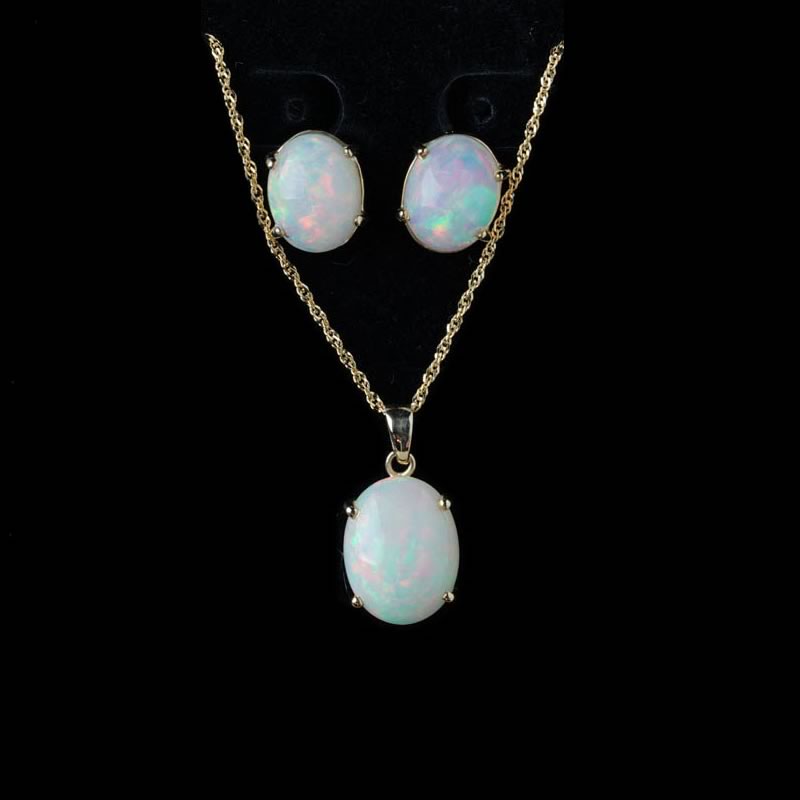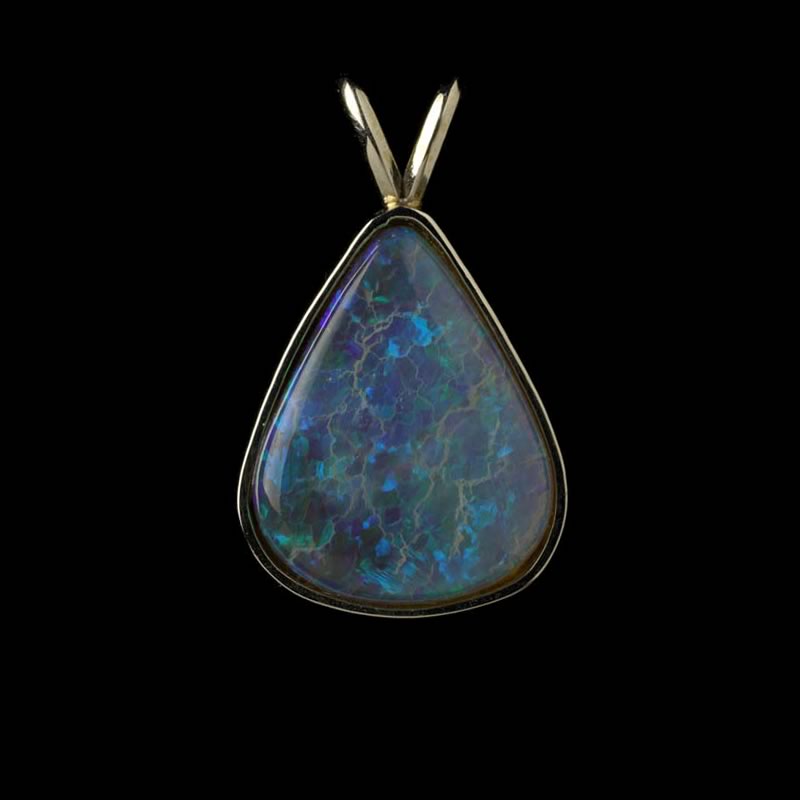Gemstone Properties
Gemstone Phenomena
Have you ever seen a gemstone change color in different light?
Opals are known for their play of color – color dancing in the gemstone. This is what is known as phenomena, and play-of-color is just one type of phenomena.
Learn more about the properties of gemstones below.
Stars that move over the surface of the gemstone from light shining on them.
Some gemstones provide a single line that moves across the surface of a gemstone that resembles a Siamese cat’s eye.
Many gemstones change color in different light sources. Industry standard testing compares sunlight with incandescent.
A rainbow of color sheen like that is seen when light shines on oil floating on water.
Similar to iridescence but a bit softened and fuzzier in appearance. This is what is seen on pearls and mother of pearl.
A billowing of color like a cloud inside the gemstone that moves as the gemstone is moved. This is common in moonstone.
A shimmering of light reflected from within the gemstone like that of the tiny copper inclusion clouds found in Oregon Sunstone.
Color flashes that move as the gemstone Labradorite moves.
Color flashes that move as the gemstone Labradorite moves.
Displaying different colors when viewing from different directions. Some stones actually will change color as you move it.
The dispersion of color given off when light is broken up into its various colors and reflected back through the gemstone sort of like what a prism does to light.
A glow of color seen when a florescent light is shined on the gemstones. Did you know that 1/3 of diamonds florescence? Rubies also tend to glow red in florescent light.
Some gemstones like quartz, sapphire, and tourmaline grow with multiple colors in the same crystal, making a beautiful colorful piece.
Sometimes gemstone crystals grow together creating a unique look like a spoked bicycle tire.
Durability, Toughness, & Hardness
While many gemstones are quite durable and stable, each has its own unique features. Not all gemstones are the same:
- Some stones are susceptible to chemicals like perfume, household cleaners, chlorine or jewelry cleaner.
- Some gemstones are susceptible to sunlight and will lose their color over time or crack from drying in the sun.
- Some gemstones are quite hard and durable in some directions, but are chipped or cracked easily when tapped in other directions.
Not all gemstones are suitable for all types of jewelry. Bracelets and rings are more susceptible to chips and scratches because of where they are worn. Only the most durable gemstones are best suited for rings and bracelets.
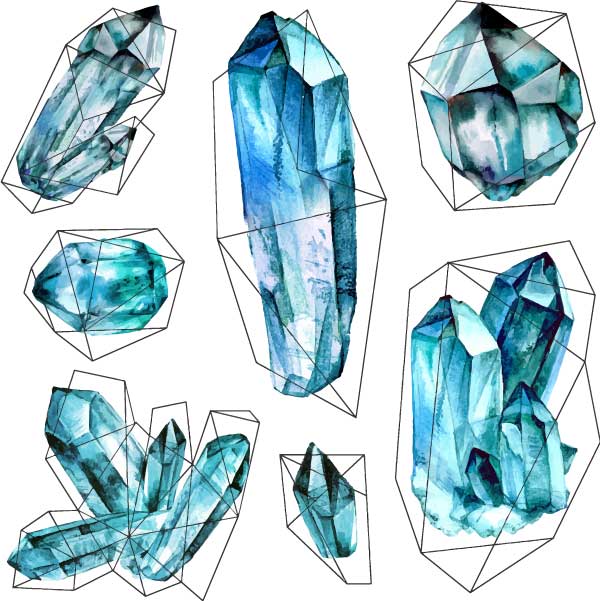
Facets
When cut correctly, facets not only create beautiful patterns on the gem, they help it shine too. Three principal areas of a faceted gem:
- Girdle – This is the widest part of the gem. The girdle defines the outline of the gem. The Girdle will help to actually set the stone in jewelry making.
- Crown – The top of the gem is called the crown This is the area right above the Girdle of the gem. We refer to this as the face of the gem.
- Pavilion – The Pavilion is the bottom of the faceted gemstone, and it is right below the Girdle.
The largest facets are known as the “Mains.” Pavilion and Crown facets can be mains in some stones.


